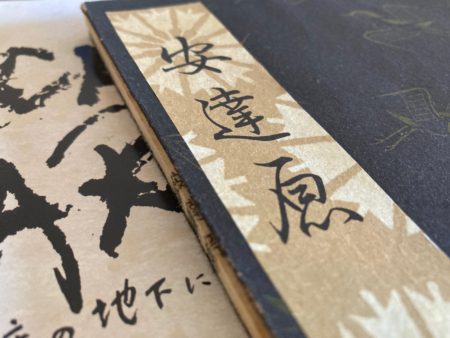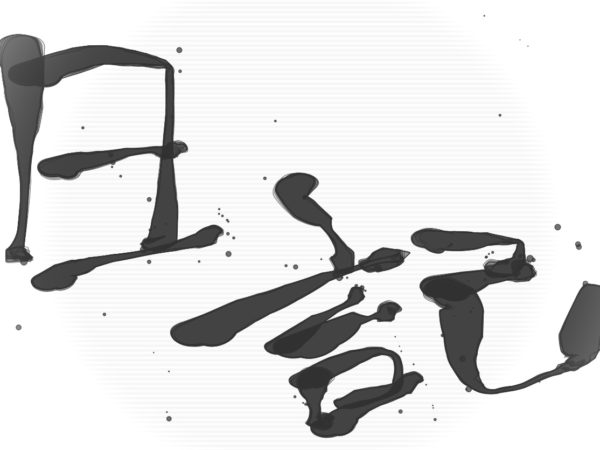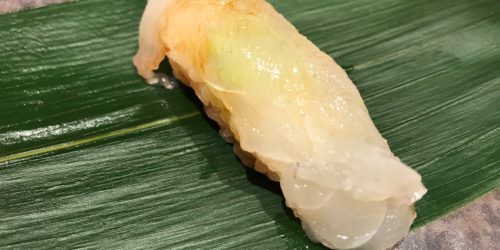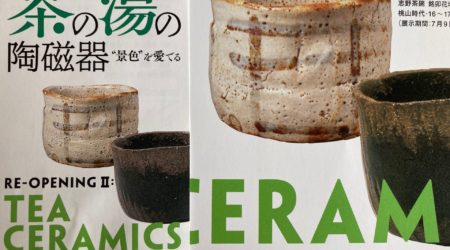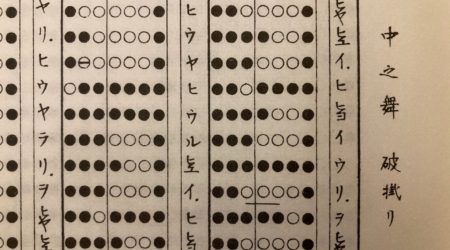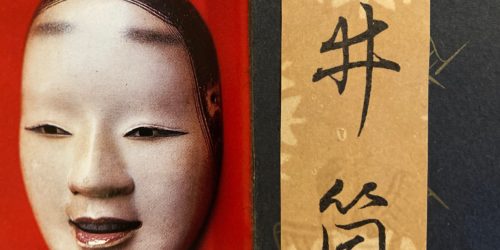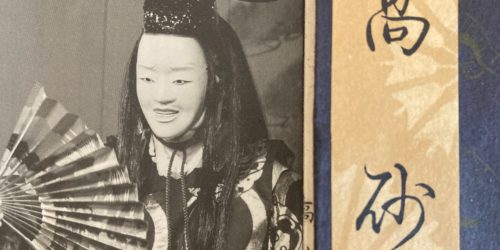“ADACHIGAHARA” was a splendid harmony of the Noh play and classical music
I saw an unheard-of Noh play at Kanze Noh theater, in Ginza.
The title was “ADACHIGAHARA”.
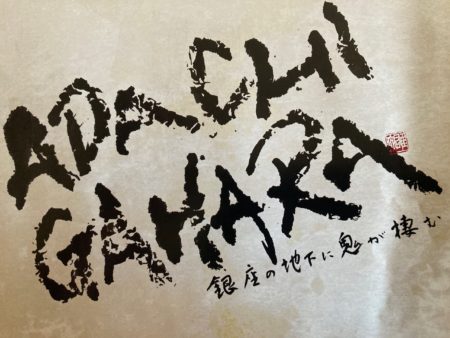
It was a joint performance that included classical music.
Typically, a Noh play consists of Noh actors as well as a chorus and accompaniment(a shoulder-drum, a hip-drum, a flute, and a stick-drum).
But, in that joint performance, a violin, a clarinet, and a soprano were included.
I had thought that a Noh play and classical music were as incompatible as oil and water.
However, after I saw the performance, I realized that my preconception was shallow.
I was so moved by how great the performance was.
The beggining impressed me the most.
At first, only a violinist appeared on the Noh stage in dim light, and he started to play the violin in a gingerly manner.
Guided by that tone, a rueful melody featuring a clarinet and a song of soprano were heard offstage.
The clarinet and the soprano didn’t move there from beggning to end.
They weren’t seen from the audience, however, that had a wonderful dramatic impact.
The melody heard from the shade enhanced the world view of the Noh play without giving a non-Japanese feeling.
The classical music blended right in with the Noh play.
The tone of the violin expressd the inner emotions of the characters on the stage.
I think that classical music is suitable for expressing internal dilemmas or various emotions clearly.
By the way, I think that the melody of traditional Japanese instruments is always too literary, but of course, it is the biggest charm.
This performance was a splendid harmony of the Noh play and classical music.
However, it must have been a difficult challenge.
Such avant-garde efforts are essential for evolving the tradition, and this performance was another memorable step for the traditional Japanese Noh play.
